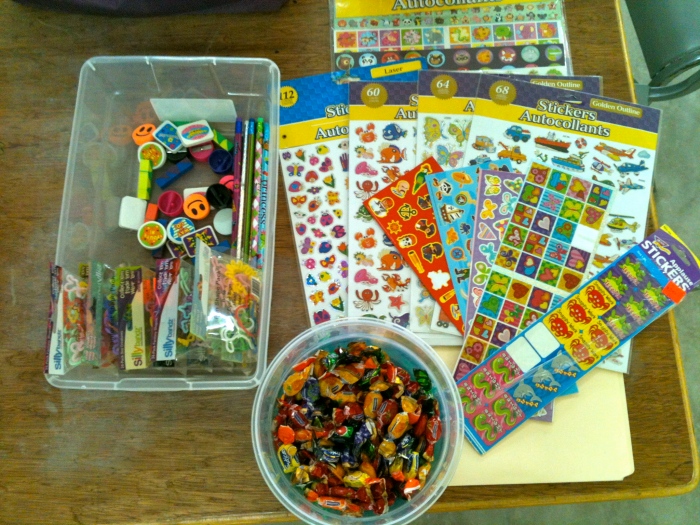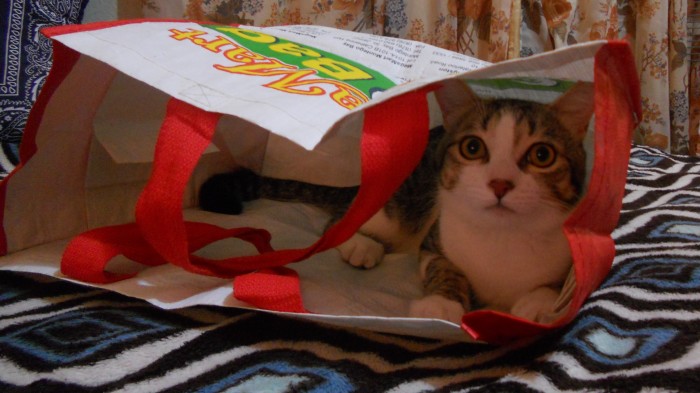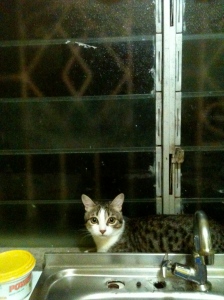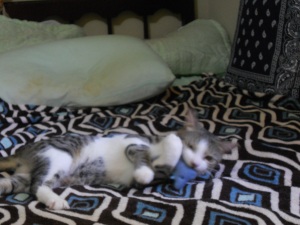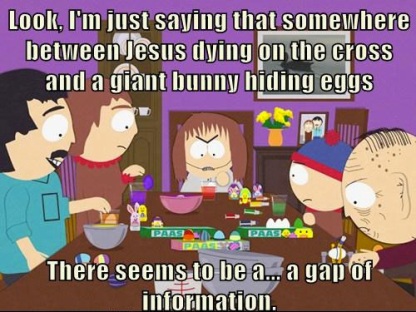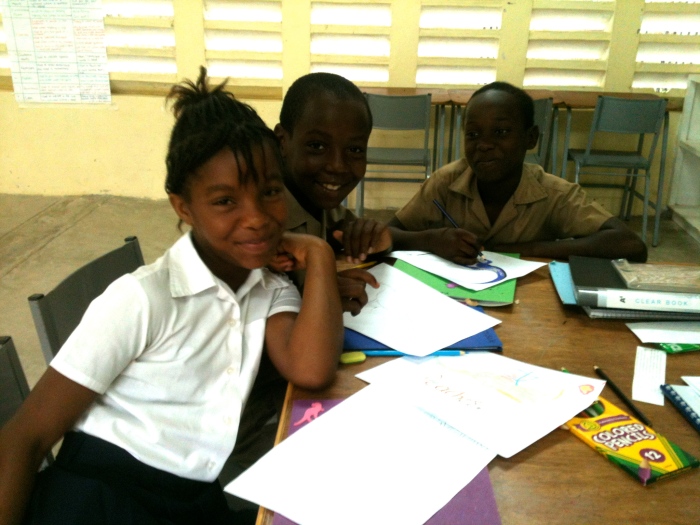This past January (2014), when we were just returning to school from Christmas break, the Grade Two teacher approached me to talk about a student in her class. “He’s not following along,” she told me, “and he’s already very far behind. Can you work with him?”
 I agreed to take on the extra student and we began lessons immediately. Since he already knew the all letters and their sounds, we started with two-letter words, and grouped them into families who share the same endings. Words like, me, be, we, he, and she. Then we built on to those words by adding another letter, or learning new families all together. Words like, cat, rat, sat, hat, and that, or pen, hen, and men. Before long, I had him reading simple sentences on the board with the words that he knew.
I agreed to take on the extra student and we began lessons immediately. Since he already knew the all letters and their sounds, we started with two-letter words, and grouped them into families who share the same endings. Words like, me, be, we, he, and she. Then we built on to those words by adding another letter, or learning new families all together. Words like, cat, rat, sat, hat, and that, or pen, hen, and men. Before long, I had him reading simple sentences on the board with the words that he knew.
Now, in Grade Three, and with over two dozen private lessons behind us, this kid is reading like a champ! Sure, he’s still got a long way to go before he will catch up to his grade level, but the momentum is there, and he’s making me very proud. So proud, in fact, that I made sure to tell his teacher, the school principal, and his mother!
I also called my Program Manager with PC to tell her, and in turn, I’ve been asked to submit what’s known as a Success Story. A collection of these stories – submitted by other PCVs as well – will be shared with future volunteers who may serve in Jamaica.
But I’m not writing this post to exemplify the accomplishments of my student, nor do I wish to boast about my own. Rather, I write to bring attention to the underlying factors the contributed to our success. Things like passion, and the willingness to learn.
 To be a successful teacher, one must be fully invested in the education of his or her students. Because children are like sponges with alarmingly high levels of absorbency, it’s important to establish a positive and stimulating learning environment. A person who’s passionate about a child’s education will do just that. It’s also likely she’ll go to great lengths to prepare lessons specifically catered to the strengths and weaknesses of her students. These are just some of things that I did, and without my passion, I don’t think I would have put in nearly as much effort.
To be a successful teacher, one must be fully invested in the education of his or her students. Because children are like sponges with alarmingly high levels of absorbency, it’s important to establish a positive and stimulating learning environment. A person who’s passionate about a child’s education will do just that. It’s also likely she’ll go to great lengths to prepare lessons specifically catered to the strengths and weaknesses of her students. These are just some of things that I did, and without my passion, I don’t think I would have put in nearly as much effort.
The willingness to learn was provided by the student. This little boy always puts in 110% and is excited about expanding his reading vocabulary. Often, our class sessions would go over by ten or fifteen minutes because he never wants to stop. He’ll come running to me at lunch time, waving a piece of paper on which he’s written his words, just to show me he’s trying. Last week, he wrote the word red on the board and asked if we can learn the families for words that end with D.
 His enthusiasm was met with my own, and together, we made magic. But like all good things, there were some bumps along the way, which brings me to another factor worth noting: perseverance. Students who are less willing to learn, and teachers who are less willing to teach, tend not to go as far. The progress we’ve made together is the direct result of two people who refused to give up. I knew from the start that he was a bright boy, and I wouldn’t allow him to quit when he grew frustrated with a new word. Likewise, he was determined to bring himself to the same reading level as his classmates, and that personal commitment to his education is what allowed him to work through twenty-seven challenging class sessions without shedding a single tear.
His enthusiasm was met with my own, and together, we made magic. But like all good things, there were some bumps along the way, which brings me to another factor worth noting: perseverance. Students who are less willing to learn, and teachers who are less willing to teach, tend not to go as far. The progress we’ve made together is the direct result of two people who refused to give up. I knew from the start that he was a bright boy, and I wouldn’t allow him to quit when he grew frustrated with a new word. Likewise, he was determined to bring himself to the same reading level as his classmates, and that personal commitment to his education is what allowed him to work through twenty-seven challenging class sessions without shedding a single tear.
Patience also played a key role in his advancement. For most students, learning to read is hard enough, and for a student like mine, it’s even more of an obstacle. It requires patience on my part and his to ensure his success. For example, I had to recognize that he is a slow learner, and in turn, remember to instruct lessons that move at his pace. I also had to keep my own frustrations in check when he still couldn’t remember the words by or the, even though he’s been looking at them from day one. The student’s patience is often tested too, when he has his off-days and doesn’t want to read his sentences, or can’t sit still.
But the most important factor worth mentioning – the biggest key contributor – is openness. A few years back, a very wise and influential person told me that being open was the healthiest thing I could do to improve my life and the outlooks I had on it. But first, I had to learn how, and once I did, I saw that she was right. Like a blossoming flower, I opened myself to new ideas and welcomed new perspectives; and the more open I became, the more I began to connect with people. This receptiveness has carried me through my Peace Corps service, allowing me to adapt to the cultures of my host country, and succeed in my endeavors to teach the students. And just like my mentor predicted, when one open person meets with another open person, they connect on a deep, heart-felt level. That is exactly what’s happened between this child and me.
As my remaining time in Jamaica grows shorter, I can’t help but reflect on the impact I’ve made with my students – not just this one, but all of them. Every single one of my kids has improved in some way; whether it be a jump in their reading level, their ability to sound out words they don’t recognize, their comprehension skills, their writing ability, or even their self-esteem. I also see the impact I’ve made with some of the teachers, who have implemented incentive charts in their classrooms, or have modeled my “chunking” approach when reading new words.
The most significant impact, however, is the one that Jamaica has made on me. Within myself, I unleashed a potential that I didn’t even know was there, and I too gained copious boosts in self-confidence. I’ve learned to be patient, accepting, and adaptable. By embracing a new culture, I developed several new perspectives about my familiar, American one. I no longer feel anxious when approaching new territory, and I finally have a solid idea of what kind of life I want to lead when I return to my native world.
My life in Jamaica will soon come to an end, but I think that as long as I live, I’ll continue to look back and gain more insights. I’m also positive that for as long as my students live, they’ll never forget the Whitey to came to teach at their school. And just like my little Grade Three boy, with whom our combined efforts and positive attitude made his success possible, the incredible feats accomplished by all my students was made possible by keeping themselves open to… well, just about anything!














